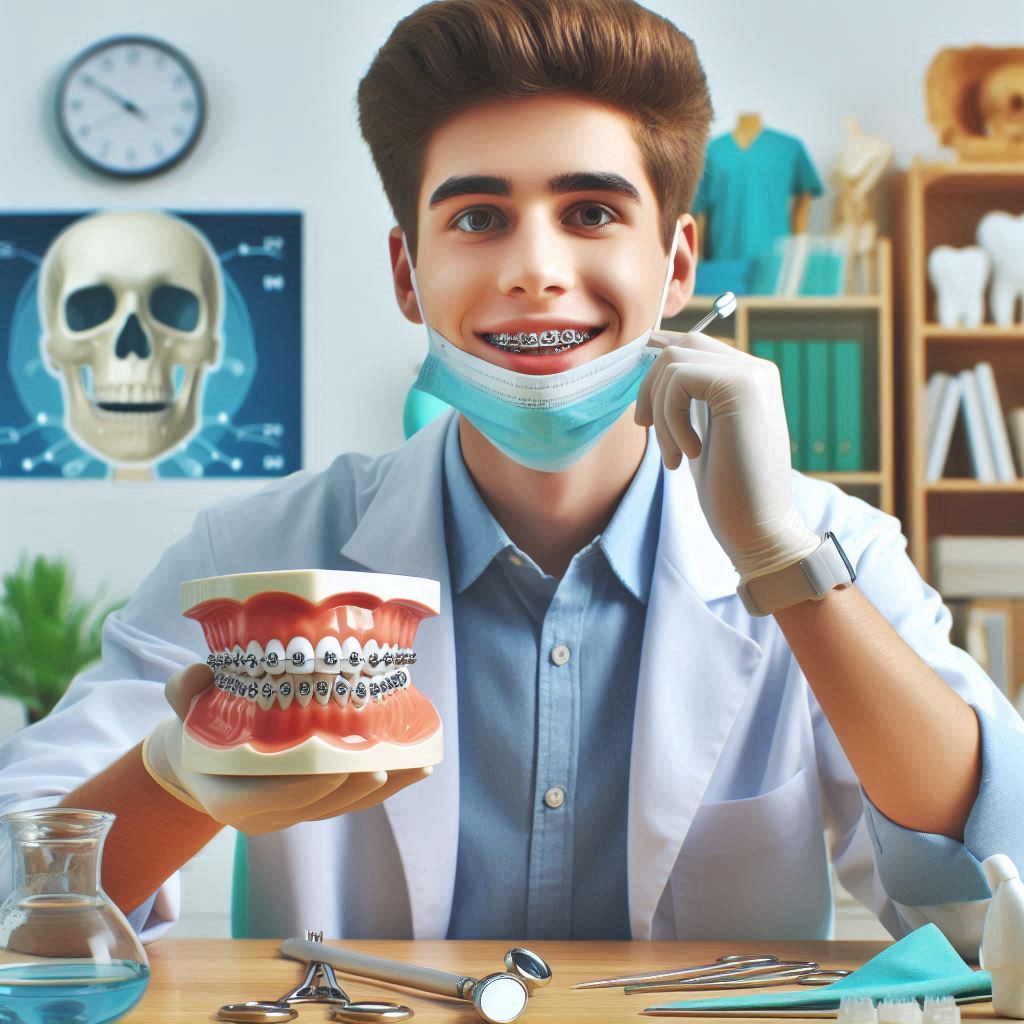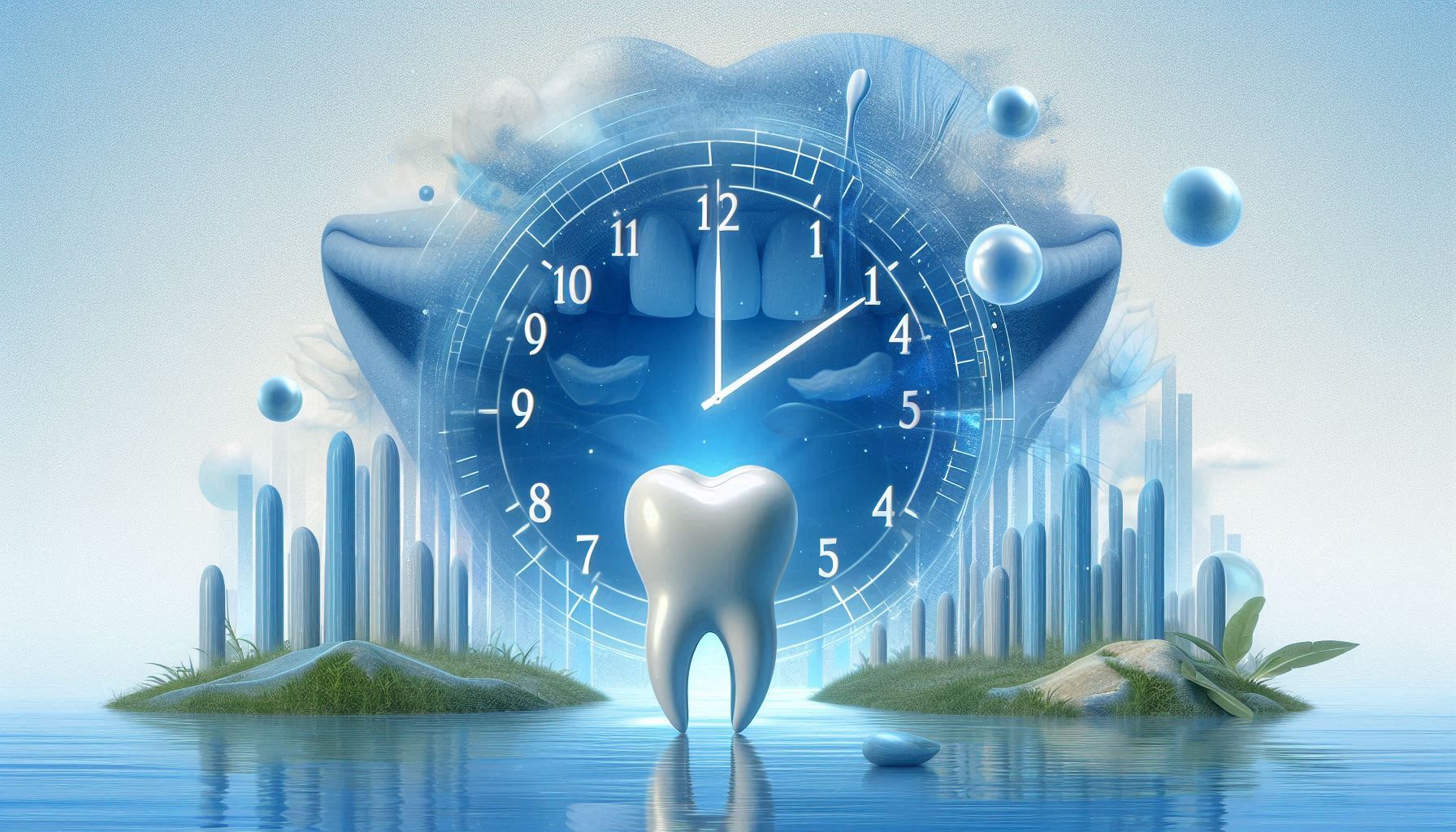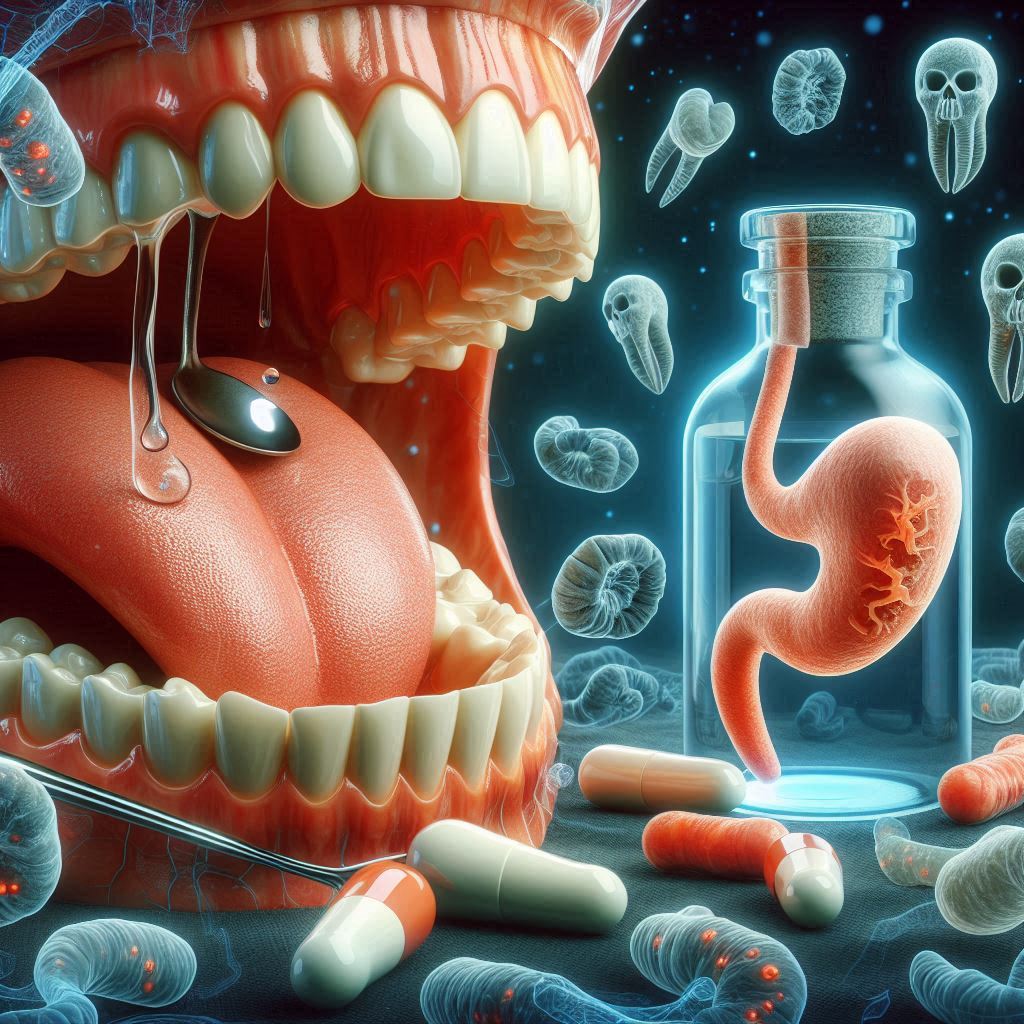Jaw alignment is crucial for both aesthetic and functional purposes, influencing not only how we speak and chew but also how we maintain overall health. When the jaw is misaligned, it can lead to a variety of issues, including difficulty with chewing, speaking, and, in some cases, chronic pain. One of the most common disorders linked to jaw misalignment is Temporomandibular Joint (TMJ) dysfunction, a condition that affects the joints and muscles controlling the movement of the jaw.
Orthodontics, the branch of dentistry concerned with correcting misaligned teeth and jaws, plays a critical role in resolving these issues. By using different orthodontic appliances such as braces and clear aligners, orthodontists can realign the jaw and relieve TMJ pain. This guide explores how orthodontics can help with jaw alignment and TMJ disorders, detailing the mechanisms, benefits, and treatment options available for individuals suffering from these conditions.
Understanding Jaw Alignment
The jaw plays a significant role in many of the functions we perform daily, including speaking, eating, and even breathing. When the alignment of the jaw is off, it can lead to discomfort, difficulty with movement, and long-term health consequences.
The Anatomy of the Jaw
The jaw is composed of the upper and lower jaws. The upper jaw, also known as the maxilla, holds the upper teeth and is immovable. The lower jaw, the mandible, is the movable portion of the jaw that houses the lower teeth. The temporomandibular joint (TMJ) connects the mandible to the skull and allows the jaw to move up and down, side to side, and forward and backward.
Common Misalignments
Several types of jaw misalignments can occur:
- Overbite: The upper teeth extend too far over the lower teeth.
- Underbite: The lower teeth extend beyond the upper teeth.
- Crossbite: The teeth do not align properly when the jaws close.
- Open bite: There is a gap between the upper and lower teeth when the mouth is closed.
These misalignments can cause discomfort in the jaw muscles and lead to problems such as teeth grinding, clenching, and even TMJ disorders.
Temporomandibular Joint (TMJ) Disorders
TMJ disorders refer to a variety of conditions that affect the temporomandibular joint, which is responsible for the movement of the jaw. The exact cause of TMJ disorders is not always clear, but they are often related to jaw misalignments, trauma, teeth grinding, or stress. The following are common symptoms:
- Jaw pain or tenderness, especially when chewing.
- Headaches, often located around the temples.
- Clicking or popping sounds when moving the jaw.
- Limited range of motion when opening or closing the mouth.
Orthodontic intervention can help reduce the strain on the jaw muscles and alleviate many of these symptoms.
The Link Between Jaw Alignment and TMJ Disorders
The temporomandibular joint (TMJ) is an incredibly complex structure responsible for controlling the movements of the jaw. Misalignment in the jaw can have a significant impact on the functioning of the TMJ. When the upper and lower jaws do not align correctly, it places undue stress on the TMJ, leading to inflammation, pain, and other symptoms that are characteristic of TMJ disorders.
How Misalignment Affects TMJ
In an ideal scenario, the upper and lower teeth should come together comfortably when the mouth closes. However, when there is an overbite, underbite, or other malocclusion (misalignment), the jaw muscles and the TMJ become strained. This strain can lead to discomfort, a sensation of the jaw being “stuck,” and difficulty with regular movements like chewing or speaking. Furthermore, an improper bite causes the jaw muscles to work harder to compensate for the misalignment, leading to muscle fatigue and stress.
In addition, malocclusion may cause bruxism (teeth grinding) or jaw clenching, which exacerbates the tension in the TMJ. Over time, this can lead to wear and tear on the joint itself, causing even more discomfort.
How Orthodontics Can Correct Jaw Misalignment
Orthodontics plays a crucial role in realigning the teeth and jaws, which can help in alleviating pain associated with TMJ disorders. Through various treatment options, orthodontists can correct bite issues and realign the jaw structure.
- Braces and Clear Aligners: The most common orthodontic appliances used to correct jaw misalignment are traditional braces and clear aligners like Invisalign. Both options serve the same purpose of gradually moving the teeth into proper alignment. While traditional braces consist of brackets and wires, clear aligners are more discreet and use a series of custom-designed trays to shift the teeth.
- Functional Appliances: In some cases, orthodontists may use functional appliances to treat jaw misalignments, especially in children or adolescents. These appliances, such as the Herbst appliance or twin block, are designed to adjust the position of the jaw by gently guiding it into a more ideal alignment. These appliances are often used when there is a significant issue with the bite or jaw position, such as an overbite or underbite.
- Headgear and Other Devices: Headgear is sometimes used to correct more severe jaw alignment issues. This device applies pressure to the teeth and jaw, shifting them into better alignment. For patients who require additional support, expanders, retainers, or other orthodontic devices may be employed to ensure the alignment remains stable after treatment.
Orthodontic treatment, depending on the severity of the misalignment, can range from several months to a few years. However, the results can provide long-term relief from TMJ discomfort, improved jaw function, and better overall health.
Orthodontic Treatment for TMJ Issues
TMJ disorders can often be managed with orthodontic treatments aimed at improving the alignment of the jaw and teeth. By correcting the bite, orthodontic interventions can alleviate many of the symptoms associated with TMJ dysfunction, such as jaw pain, clicking, and headaches.
- Bite Adjustment: One of the primary ways orthodontics addresses TMJ issues is through bite adjustment. When the teeth do not meet properly, the TMJ becomes stressed. Orthodontic treatment focuses on adjusting the bite so that the teeth come together evenly, minimizing stress on the joint. This correction can reduce inflammation in the TMJ and, in turn, alleviate pain.
- Splints and Nightguards: Orthodontists may also recommend the use of splints or nightguards. These custom devices fit over the teeth and help to prevent grinding and clenching, two common contributors to TMJ discomfort. Wearing these devices at night can protect the teeth and reduce strain on the TMJ, helping to relieve pain over time.
- Jaw Realignment: For severe cases, where the jaw is significantly misaligned, orthodontic treatment may involve the use of devices that help to reposition the jaw. These realignments can help to reduce strain on the TMJ and ease the discomfort caused by misalignment.
The Benefits of Early Intervention in Children
Early intervention in orthodontics can prevent the development of more severe TMJ disorders later in life. The American Association of Orthodontists recommends that children be evaluated by an orthodontist by the age of 7, as this is typically the point where issues such as overbite, underbite, or crossbite may begin to surface.
- Preventing Future Problems: When jaw misalignments are identified early, orthodontists can take steps to correct them before they lead to more serious issues like TMJ disorders. In many cases, early treatment can prevent the need for more invasive procedures later on, such as jaw surgery.
- Growth and Development: Orthodontists can also guide the growth of the jaw and teeth to ensure that the child’s dental development is on the right track. For example, using functional appliances can encourage the proper positioning of the upper and lower jaws, preventing the onset of TMJ problems.
Adult Treatment for Jaw Alignment and TMJ Issues
While early treatment is ideal, orthodontic treatment is not limited to children. Adults also experience jaw misalignment and TMJ issues, and orthodontics can provide them with effective solutions.
- Adult Orthodontic Options: Adults can benefit from braces, clear aligners, and other orthodontic treatments, although the process may take longer due to the more rigid nature of adult bone structure. Treatment for adults with TMJ disorders can significantly improve both the function of the jaw and the relief of pain.
- Effectiveness of Orthodontics for Adults: Many adults are surprised to learn that orthodontics can help them manage TMJ pain. By realigning the jaw and correcting bite issues, adults experience less muscle tension, fewer headaches, and improved jaw mobility. For many adults, treatment may also help reduce the need for other interventions, such as pain medications or physical therapy.
- Case Studies: Numerous case studies have shown that orthodontic treatment for adults can dramatically improve both cosmetic appearance and functional issues related to the jaw. For example, a patient with a severe overbite and chronic TMJ pain can experience considerable relief after several months of orthodontic treatment that realigns the teeth and jaw.
The Role of Multidisciplinary Approaches in Treatment
Orthodontics often works best when integrated with other healthcare disciplines. For those suffering from TMJ disorders, collaboration between orthodontists, dentists, physical therapists, and other specialists can ensure a more comprehensive and effective treatment plan.
- Collaborating with Dentists and Physical Therapists: Dentists can provide relief from symptoms like teeth grinding through nightguards, while physical therapists can teach jaw exercises to improve jaw mobility and reduce muscle tension. Combining these therapies with orthodontic treatment offers a holistic approach to TMJ care.
- Multidisciplinary Case Studies: In some cases, patients suffering from severe TMJ pain may need a combination of orthodontic treatment, physical therapy, and stress management techniques to fully resolve their symptoms. Multidisciplinary treatment can improve both the function of the jaw and the overall quality of life.
- Potential Risks and Challenges While orthodontics can provide significant relief for many people, there are some risks and challenges associated with treatment. The success of orthodontic interventions for TMJ and jaw alignment issues depends on the severity of the condition, the patient’s adherence to treatment, and the orthodontist’s expertise.
- Risks of Orthodontic Treatment: Some patients may experience temporary discomfort as their teeth and jaw shift into place. Additionally, there is a risk that the jaw could revert to its previous misaligned state if retainers or other maintenance devices are not worn as instructed.
- Challenges in Treatment: For patients with severe TMJ disorders, orthodontic treatment alone may not provide a complete solution. In these cases, additional treatments such as jaw surgery or physical therapy may be necessary. Patients should also be prepared for the time commitment involved in orthodontic treatment, which can take several months or even years to complete.
Lifestyle Changes and Exercises to Support Orthodontic Treatment
Supporting orthodontic treatment with lifestyle changes and exercises can help alleviate symptoms of TMJ disorders and contribute to a more successful treatment outcome.
Jaw Exercises
Physical therapy exercises can strengthen the muscles surrounding the TMJ and improve the overall range of motion in the jaw. Simple exercises, such as gentle stretching or jaw massages, can help relieve discomfort.
Stress Management
Stress is a significant contributor to TMJ dysfunction, as it often leads to teeth grinding and jaw clenching. Implementing stress management techniques such as meditation, yoga, or relaxation exercises can help reduce the likelihood of these behaviors.
The Importance of Follow-Up and Maintenance
Orthodontic treatment for jaw alignment and TMJ issues requires ongoing follow-up to ensure the alignment is maintained and any discomfort is addressed.
- Regular Checkups: Patients should attend regular follow-up appointments with their orthodontist to monitor their progress. Adjustments to braces or aligners may be necessary throughout the treatment process to ensure that the jaw and teeth are realigning properly.
- Retainers: After completing orthodontic treatment, patients may be required to wear a retainer to ensure the jaw remains in the proper position. Retainers help prevent the teeth from shifting back into their original misaligned positions, which could lead to a return of TMJ symptoms.
Conclusion
Orthodontics plays a vital role in improving jaw alignment and alleviating TMJ disorders. By addressing issues like malocclusion and misalignment, orthodontic treatment can provide significant relief from pain, improve jaw functionality, and enhance overall quality of life. Whether through braces, clear aligners, or other devices, orthodontic solutions offer effective, long-term benefits for those suffering from jaw alignment issues and TMJ disorders.
Seeking early intervention for children and adults, adopting a multidisciplinary approach to treatment, and following through with maintenance can ensure that the jaw remains in optimal condition for years to come. If you experience jaw pain or difficulty with your bite, consulting with an orthodontist could be the key to resolving your issues and improving your health.
SOURCES
Abelson, J. A., (2022). The relationship between jaw misalignment and temporomandibular joint dysfunction. Journal of Dental Research, 45(6), 358-366.
Carter, M. L., & Howard, P. J. (2021). The role of orthodontics in treating temporomandibular joint disorders. Orthodontics and Craniofacial Research, 24(3), 180-190.
Keller, H. D., & Taylor, S. E. (2023). An overview of functional appliances in orthodontic treatment. International Journal of Orthodontics, 56(4), 208-215.
Morgan, T. S., (2020). Early intervention and orthodontics: Preventing TMJ disorders in children. Pediatric Dental Journal, 38(5), 312-320.
Richards, D. F., (2022). Multidisciplinary approaches to TMJ treatment. Journal of Clinical Dentistry, 29(2), 140-148.
Singh, A., & Nguyen, P. R. (2024). Impact of clear aligners on temporomandibular joint dysfunction. Journal of Orthodontic Research, 12(1), 47-55.
HISTORY
Current Version
February 12, 2025
Written By:
SUMMIYAH MAHMOOD




